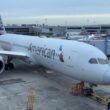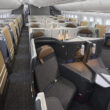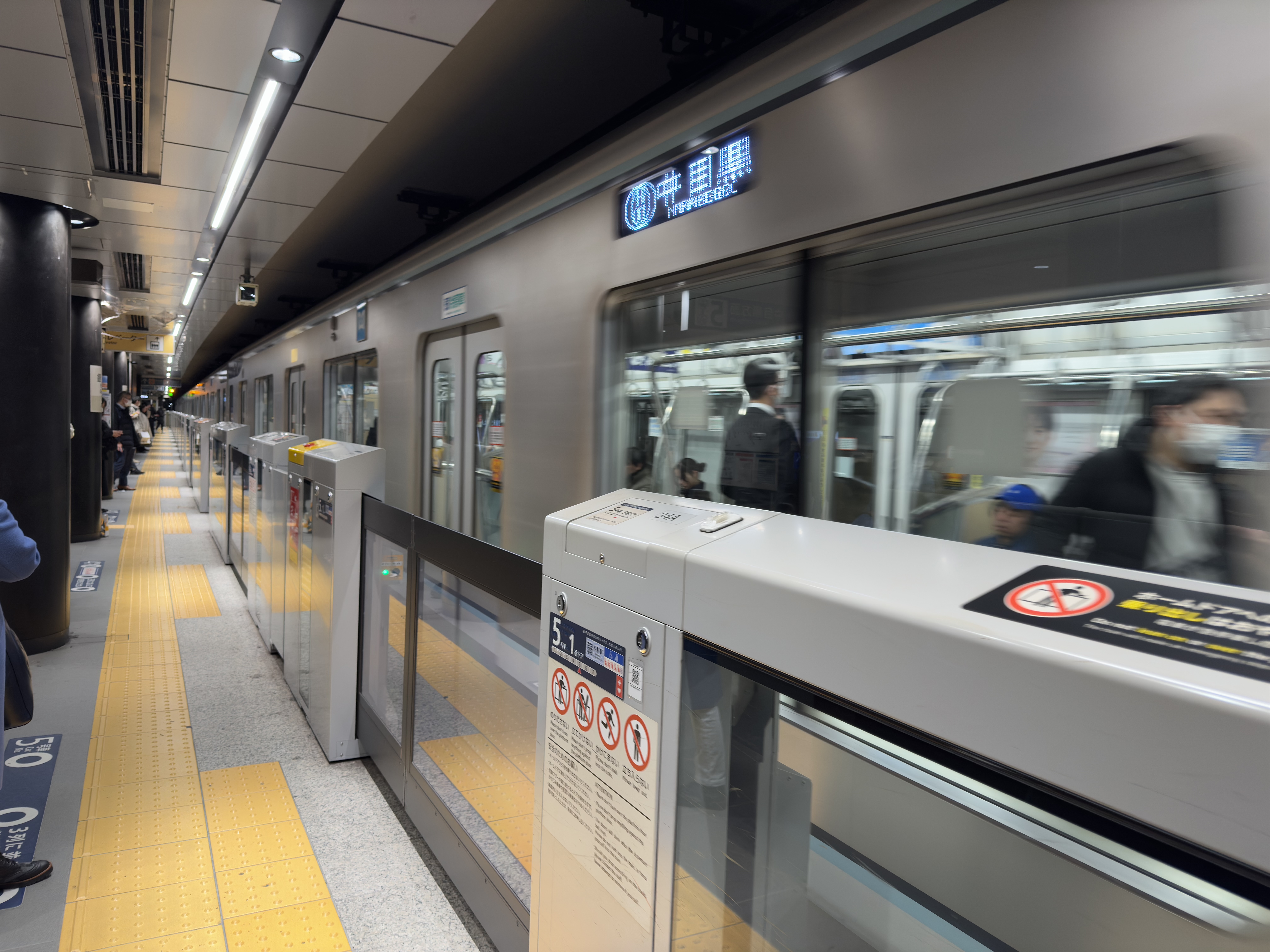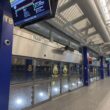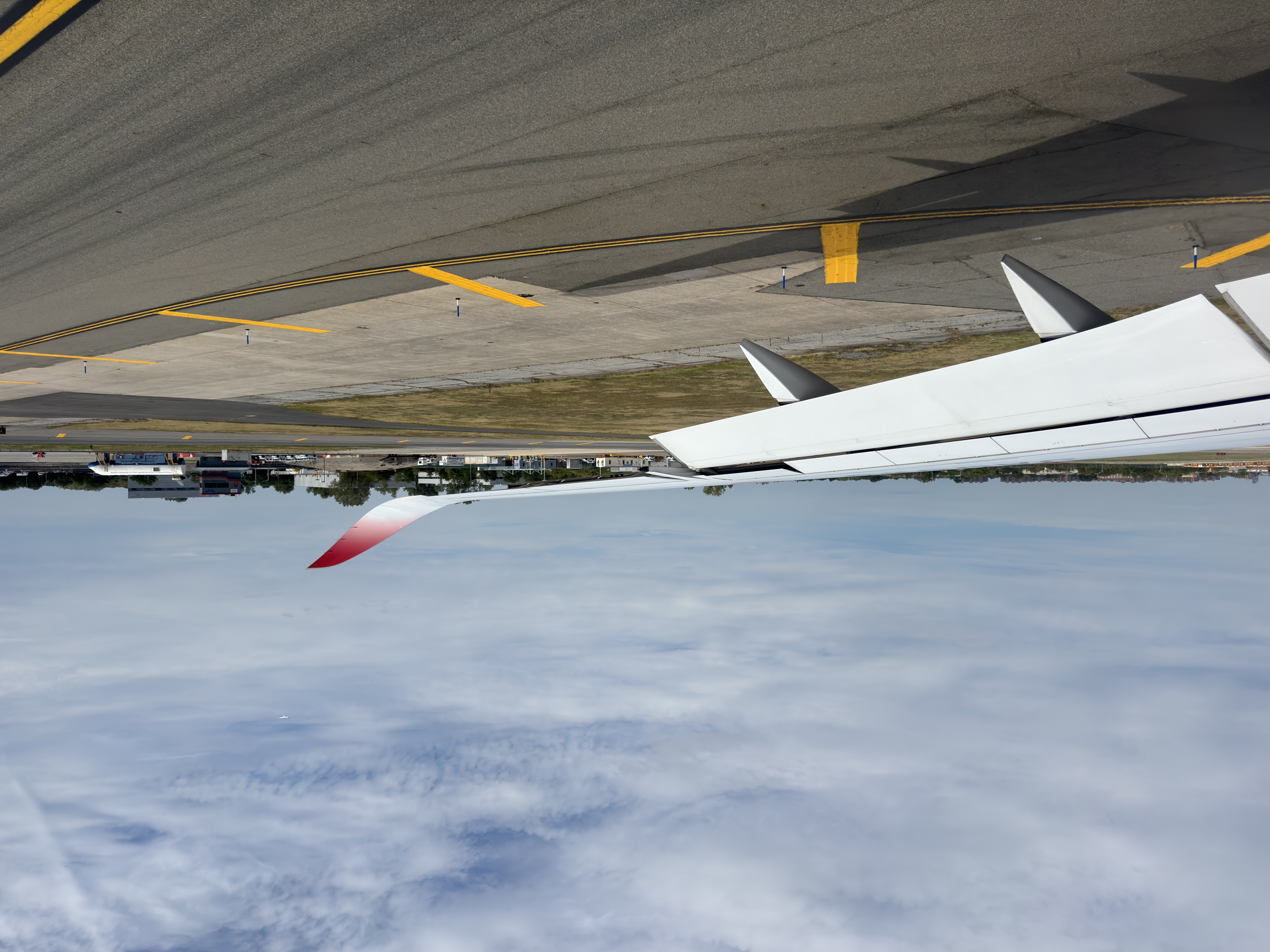Tokyo is well known for its public transportation. Its coverage is vast, service is punctual, and it is utilized by almost everyone in the city. If you don’t know me, I have previously lived in Tokyo for 18 years, meaning I have extensive experience on these trains and have spent a ton of time on the system.
Historically, Tokyo trains were notorious for their packed trains during rush hour. Passengers were squeezed inside, and station staff would literally push people into the train in order for the doors to close. “Passenger pusher” was a real job title.
Watch this video from 1991:
This is ironically my home station in Western Tokyo. This was before flex scheduling in Japan, where people would start work at various times throughout the morning. Back i 1991 when this video was taken, almost everyone began work at 9am.
It’s unbelievable that people put up with this every single day.
What’s It Like Today?
Tokyo trains don’t get packed like a sardine can anymore. However, there are still times of day and certain train lines that get insanely busy. In 2019 (pre-Covid commute levels), the average congestion rate of each train in Tokyo during rush hour was 163%. Very high, but nothing compared to over 300% in the mid to late 20th century.
Generally, I find that trains going to and from the Tokyo suburbs are the worst. In fact, 2023 numbers show that all the top 10 of the most congested trains during rush hour involve routes servicing the Tokyo suburbs to Central Tokyo (which, by common knowledge, makes sense).
No, it is not the Yamanote Line, or any of the train lines inside the heart of the city. If you’re a tourist visiting Tokyo, it’s unlikely that you’ll find these ultra-packed trains unless you decide to venture out into the suburbs during peak periods.
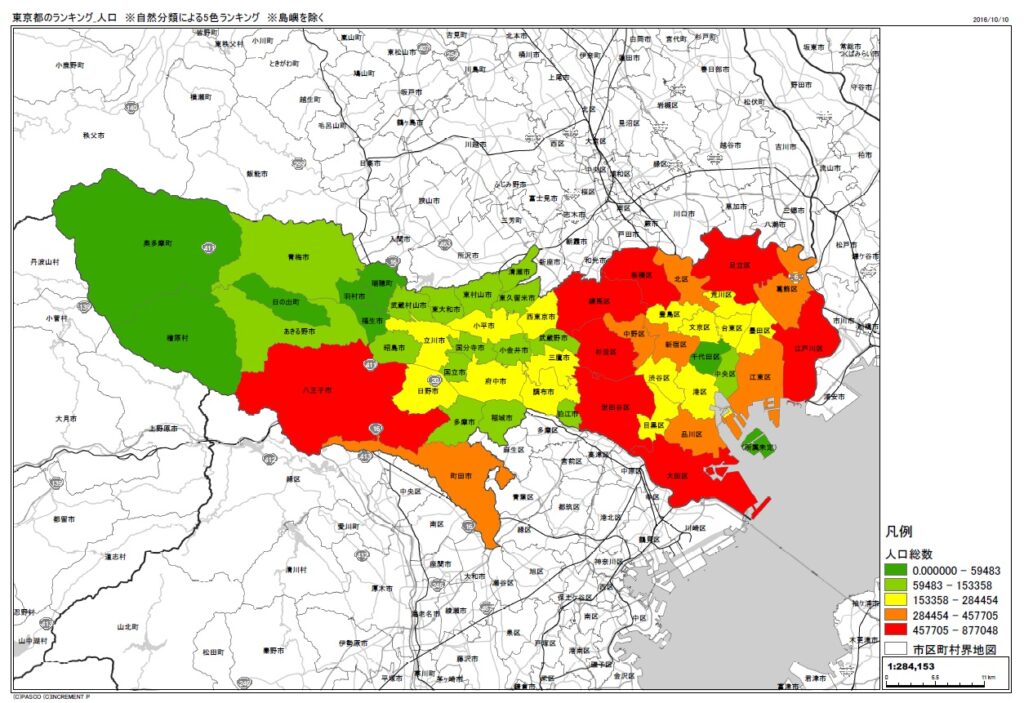
This map above color codes the population of each ward in Tokyo (think similar to boroughs in New York City). You can see a clear red ring around the center of the city, showing that much of the population in the city lives just outside the city center. This leads to busy rush hour trains servicing these areas.
To get a sense of how dense Tokyo’s suburbs really are, take a look at my “hometown” Ward. Nerima City is the second most populous ward in Tokyo, at about 761,000. This number alone is roughly the same as Seattle’s population, which is 755,000. However, Seattle’s land area is about 83 square miles (215 square km), which is about 4 and a half times the size of Nerima City, which is just 18.5 square miles (48 square km).
The point is, Tokyo is much more than its city center. Its suburbs are incredibly dense, and tons and tons of people commute on trains into the city center.
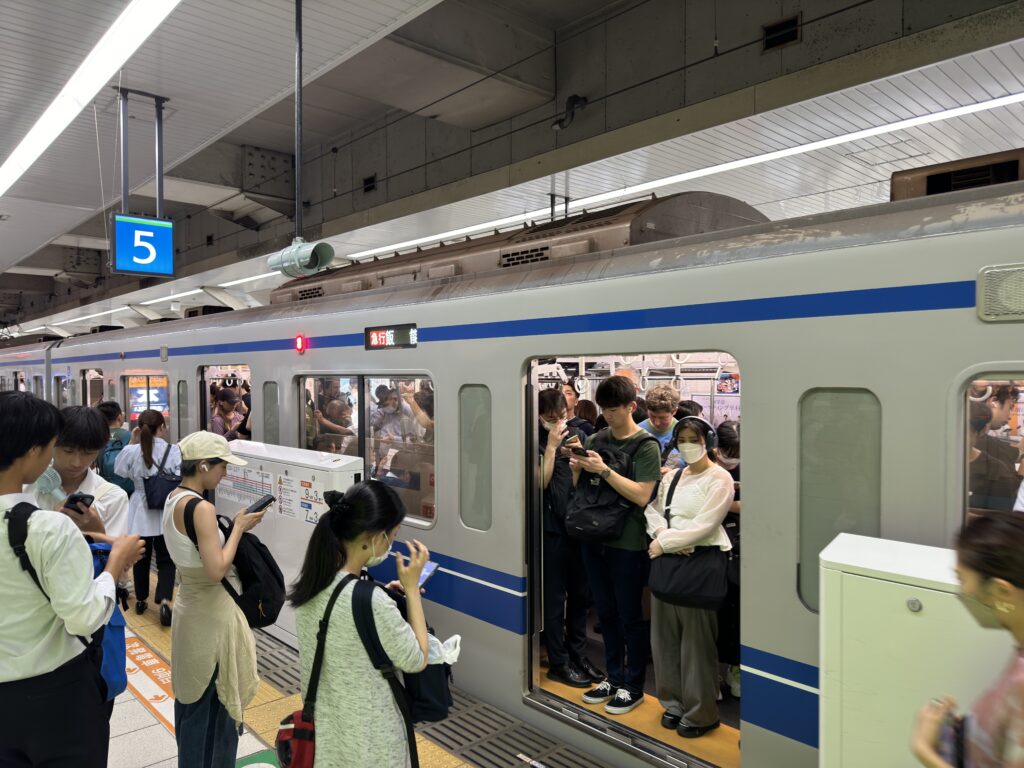
This photo was taken at around 5pm on a Thursday on a train line from Central Tokyo to the Western Tokyo suburbs. This is pretty much considered the start of the evening rush hour, and the trains most definitely get full. However, there’s no need for pushing and shoving to close the doors, and passengers
The morning rush hour is worse though, and I have seen people getting pushed into trains during those hours. Not to the extent of that 1991 video, but it still happens.
So if you’re visiting Tokyo, you probably won’t experience getting pushed into a train like a sardine can. You will see busy trains, especially during peak periods, but it’s unlikely that you’ll experience the worst of the worst in Tokyo. If you actively choose to venture out into the city’s suburbs during the busiest hours though, that may be another story.
All photos taken by the author except where noted.


